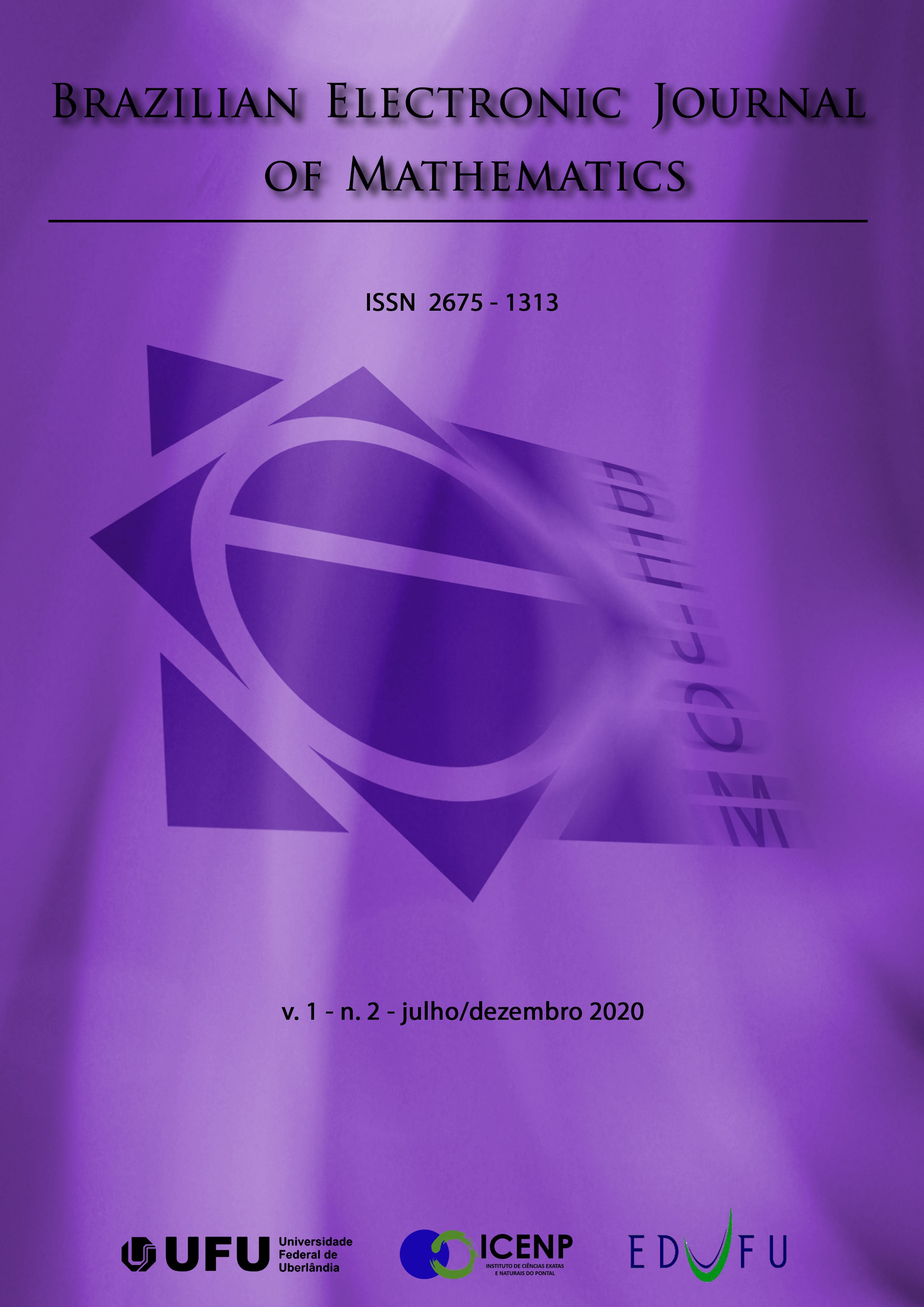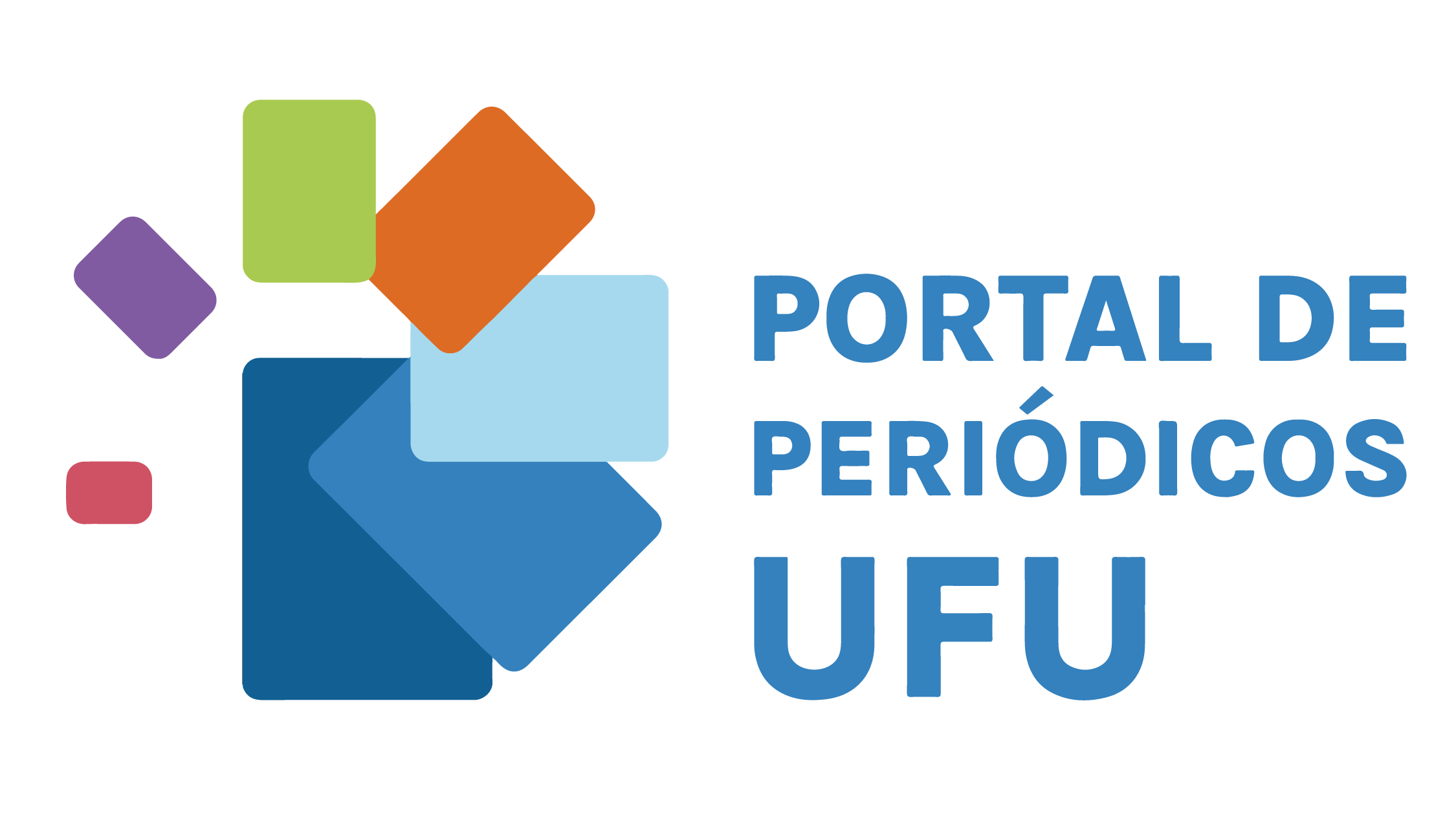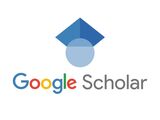Ciências e matemática do sol e do gnômon
DOI:
https://doi.org/10.14393/BEJOM-v1-n2-2020-53719Palavras-chave:
Ensino de ciências e matemática, orientação, relógios de sol, gnômonResumo
Neste trabalho buscamos direcionar o processo de ensino-aprendizado de alguns conceitos matemáticos básicos por meio de observações simples do mundo em que vivemos.Por exemplo, as observações que foram feitas antes mesmo de Galileu, que apontou o primeiro telescópio para o céu há mais de 400 anos, inaugurando uma nova era na ciência. Algumas delas, como as investigações da projeção da sombra solar de um gnômon, experiências de observação da direção e tamanho da sombra para determinar o meridiano local, a construção da rosa dos ventos, medição de alturas e tamanhos de objetos inacessíveis, da circunferência da Terra, construção de relógios de sol, etc. pode motivar professores e estudantes a entender os movimentos da Terra e a importância do Sol e do seu carater multidisciplinar, gerando gosto nos estudantes pelas descobertas da ciência e da matemática. A reprodução desses experimentos pode contribuir para o aprendizado de medidas, ângulos, distâncias, bissetrizes, paralelismo, perpendicularismo, circunferência, triângulo, semelhança, regra de três, trigonometria, etc. A nossa proposta está alinhada com as competências, habilidades e eixos norteadores apontados pela Base Nacional Comum Curricular sugerindo a articulação entre as áreas do conhecimento, no que tange à representação, comunicação, pesquisa, entendimento e contexto sociocultural.
Downloads
Referências
AFONSO, G. Mitos e estações no céu tupi - guarani,Scientific American Brasil, 38 - 47, Nº 45, 2006.
BRASIL. Base Nacional Comum Curricular (BNCC). Educação é a Base. Brasília, MEC/CONSED/UNDIME, 2017. Disponível em: http://basenacionalcomum.mec.gov.br/abase. Acesso em: 20 mar. 2020.
BOCZKO, R. Conceitos de Astronomia, São Paulo, Edgard Blucher, 1998.
BOYER, C. B. História da Matemática, trad. Elza. F. Gomide, São Paulo, Edgard Blucher, 1996.
GEOGEBRA. Geogebra.org. Disponível em: https://www.geogebra.org/. Acesso em: 02 mar. 2020.
O GLOBO terrestre mais detalhado do mundo. Google earth. Disponível em: https://www.google.com/earth/. Acesso em: 05 abr. 2020.
HOGBEN, L. Maravilhas da Matemática, trad. P. M. da Silva, Porto Alegre, Globo, 1958.
FIERRO, J. La astronomia del México, México, Lectorum, 2001.
OLIVEIRA FILHO, K. S. e SARAIVA, M. de F. O. Astronomia e Astrofísica, 2ªed., São Paulo, Livraria da Física, 2004.
ROHR, R. R. J. Sundials, History, Theory and practice, Dover, 1970.
SCANDIUZZI, P. P. Educação Indígena x Educação Escolar Indígena: Uma Relação Etnocida em uma Pesquisa Etnomatemática, Tese de Doutorado, UNESP, Marília, 2000.
SALVADOR, J. A. Ciências e Matemática do Sol e do Gnômon, Anais IVSEMAP, UFU, Ituiutaba, 2013. Disponível em: https://drive.google.com/file/d/0B7wGfu8ohZQSN1ZESHNaa3hYZ2s/edit?pli=1. Acesso em: 20 mar. 2020.
STELLARIUM. Stellarium.org. Disponível em: https://stellarium.org/pt/.Acesso em: 06 abr. 2020.
SOURCEFORGE. Celestia. Disponível em: https://sourceforge.net/projects/celestia/. Acesso em: 04 abr. 2020.
Downloads
Publicado
Edição
Seção
Licença
Copyright (c) 2020 BRAZILIAN ELECTRONIC JOURNAL OF MATHEMATICS (BEJOM)

Este trabalho está licenciado sob uma licença Creative Commons Attribution-NonCommercial 4.0 International License.
- Os artigos publicados são licenciados sob a versão CreativeCommons CCBY-NC/4.0. Ao enviar o material para publicação, os autores estarão automaticamente abrindo mão de seus direitos autorais, concordando com as diretrizes editoriais do periódico e assumindo que o texto foi devidamente revisado. A submissão simultânea de artigos a outras revistas é proibida, e, é também proibida a tradução de artigos publicados no periódico para outro idioma sem a devida autorização.









